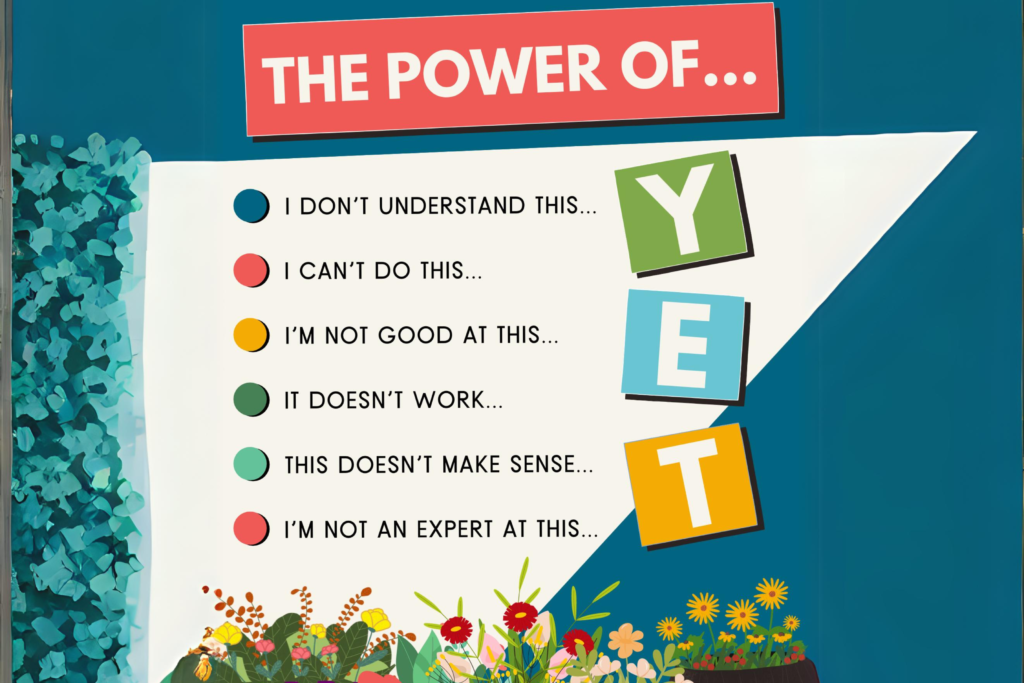Comparing and contrasting the Fink’s 3 Column Table with the UbD Template
Fink’s 3 Column Table and the Understanding by Design (UbD) template are both instructional design models that aim to enhance the quality of teaching and learning, but they differ in their structures and emphases. Let’s compare and contrast these two design processes:
Similarities
- Focus on Learning Outcomes
- Both Fink’s model and UbD emphasize the importance of clearly defined learning outcomes or goals.
- Backward Design
- Both models follow a backward design approach, starting with the desired outcomes and working backward to plan learning activities.
- Alignment
- Both emphasize the importance of aligning assessments, learning activities, and instructional strategies with the desired outcomes.
Differences:
- Structure
- Fink’s 3 Column Table is more straightforward and consists of three main columns: learning outcomes, assessment activities, and learning activities. It is concise and easy to follow.
- UbD is more detailed and structured, consisting of three stages: Identify desired results, Determine assessment evidence, and Plan learning activities. Each stage includes multiple components.
- Flexibility
- Fink’s model is often considered more flexible as it encourages educators to adapt the design to specific contexts and needs. It allows for a variety of teaching and assessment strategies.
- Emphasis on Transfer
- UbD places a strong emphasis on transfer of learning, encouraging educators to design experiences that enable students to apply their understanding in new and varied contexts.
Effectiveness in Different Contexts:
- Fink’s model may be more effective in contexts where flexibility and simplicity are valued. It is suitable for educators who want a streamlined and adaptable design process.
- UbD may be more effective in contexts where a more detailed and structured approach is desired. It is particularly beneficial when there is a need to emphasize enduring understanding and transfer of learning across different situations.
In summary, the choice between Fink’s 3 Column Table and Understanding by Design depends on the specific goals, preferences, and context of the educators and the learning environment. Fink’s model may be preferable for its simplicity and adaptability, while UbD offers a more detailed and structured framework, emphasizing transfer of learning.
How the two different design processes have contributed to my ability to design learning environments and how this will help me with my innovation plan.
Reflecting on my journey in designing innovative learning environments, both Fink’s 3 Column Table and the Understanding by Design (UbD) processes have significantly contributed to my ability to craft effective and engaging instructional plans. In the context of my innovation plan, “Interactive Learning Pods: A Dynamic Blended Learning Solution” these frameworks have been instrumental in shaping a student-centered and personalized approach to teaching and learning.
Fink’s 3 Column Table
Fink’s model has been particularly helpful in ensuring that I consider the broader context and situational factors when designing my innovation plan. The three-column structure, focusing on learning outcomes, assessment activities, and learning activities, has guided me in aligning the innovation plan with the unique needs and preferences of our students at Eastside Elementary School. It has fostered flexibility in my planning, allowing me to adapt the design to our specific educational context.
Understanding by Design (UbD)
UbD, with its detailed and structured approach, has enriched my understanding of the importance of aligning assessments, learning experiences, and instructional strategies with the desired outcomes. The emphasis on identifying enduring understandings and transfer of learning has prompted me to design learning groups that not only address current needs but also lay the foundation for long-term academic success. The UbD framework has encouraged me to consider the depth of understanding and application of knowledge in diverse situations, aligning perfectly with the goals of my innovation plan.
In conclusion, the integration of Fink’s 3 Column Table and the Understanding by Design processes has greatly influenced my ability to design impactful learning environments. As I embark on implementing the Interactive Learning Pods initiative, I am confident that these frameworks will contribute to its success by fostering adaptability, aligning with overarching educational goals, and promoting enduring understanding among our students.
References
Fink, L. D. (2005). A self-directed guide to designing courses for significant learning. Retrieved from: https://www.bu.edu/sph/files/2014/03/www.deefinkandassociates.com_GuidetoCourseDesignAug05.pdf
Wiggins, G. P., & McTighe, J. (2005). Understanding by design. Ascd.






